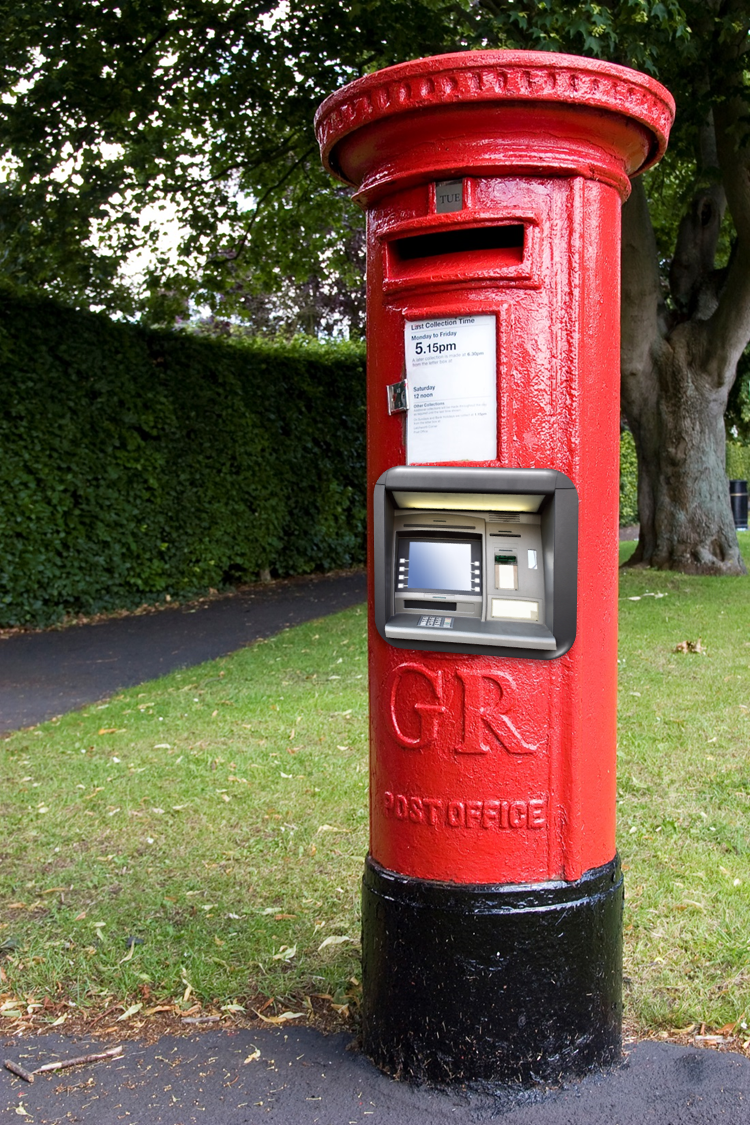Would changing the name from Customer Experience to Customer Memories make us better prepared?
We have Customer Service; it’s what companies do to or for their customers. We have Customer Experience; you could say it’s what it’s really like to be on the receiving end of the service. Done the right way though, understanding all that gives us powerful information.
Yet there is also a risk that our focus on the here-and-now can give us a distorted view of the very thing we’re trying to improve; the likelihood of our best customers coming back, spending more and telling everyone else to do the same.
When we’re about to buy something, it’s basic human behaviour to recall what it was like last time and then to decide whether or not we go ahead or go somewhere else. We dip into our memory bank to make the right decision, based on what happened back then and what we’ve heard and learnt since then.
But as far as organisations are concerned, I’ve seen that over the last few years the focus has been increasingly on the experience or service that is given to a customer today, more so than the impact that last experience has when it comes to the next purchase. There are subtle, but important, differences.
The point is, when we’re about to choose, use, buy or sign-up, it’s our memory that will determine whether we stay “loyal” or we try elsewhere. Customer advocacy has its place, don’t get me wrong. But while the wow factors were front of mind when I did that customer survey the day after I last had anything to do with the company, twelve months on I might have a stronger recall of the lacklustre service I’ve had since.
The term “Customer Experience” has served markets very well in raising the bar of how businesses treat their customers. But internally, organisations have struggled and still do so today with what Customer Experience is. Is it a new fluffy label from Marketing for what everyone knows as Customer Service? Or a strategic way of thinking? Absent any real customer-based, cross-functional objectives “We do that already” is a common riposte, along with “It’s too expensive” and “Where’s the benefit?”.
Every organisation has a customer experience whether they know it or not and that may be one of the reasons why it doesn’t get the attention internally that it deserves. Giving a jolt to the system and talking about influencing Customer Memories demands a different perspective; the future poking a stick at the past. It’s like asking “What can we do that will increase the chances of you buying again?” instead of “What should we have done that would have prevented you from being really hacked off?”. A story about horses, gates and bolting comes to mind.
Arguably, the higher the value of the purchase the less frequently we buy and therefore by definition, the time between one purchase and the next can be significant. I’m no psychologist, but even if it’s a more regular or ad-hoc purchase I know our memories and perceptions change over time. I might have had a hassle-free experience and at the time was a real fan, but if I’ve since heard other stories or there’s been a change in my circumstances, my attitude or needs may be completely different. That customer feedback I gave last time is no longer relevant but unless the company asks me again just before I choose next time, they will be acting on the wrong information.
Whether we’re renewing an annual contract, buying a holiday, a car, clothes or using professional services, at that specific point in time the thing that determines what we do next is what our memory tells it was like last time; not how likely we were to recommend the company to someone else one day after we last did the same thing.
In the name of Customer Experience, organisations understandably have an insatiable appetite to canvas opinions within days, minutes or even as it happens. That information is used as a proxy for brand strength and to forecast the likelihood of repurchases. But if that repurchase is weeks, months even years away, how accurate can it be? It’s obviously easier to ask a customer how it was just after they’ve been in touch as there is a definitive trigger point for feedback. Just because the timing of the next interaction is harder to predict though, that shouldn’t stop us seeking such valuable information.
It seems to make sense then that we should, in addition or as an alternative, track what a customer feels and thinks much closer to the point at which they make their next decision. We would still keep the metric-obsessed folk happy with a quantitative score in answer to a question such as “Based on what you remember about last time, are you likely / not sure / unlikely to use us next time?”.
Importantly though, we would also still get the gilt-edged qualitative information about what can be reinforced at that pre-purchase point in time and not afterwards when it might be too late. And it would still be the case that if we get the experience right, the metrics will look after themselves, not the other way around.
It’s great to see customer strategy and customer experience being discussed in the Board Room. In the main however, there is still a focus on what customers say just after purchase or the “experience”. By the time the customer is in a position to make a choice next time, the things that drive that new decision may be very different and are purely in the memory.
And I for one would give ten out of ten for tapping into that.








 But, what will customers make of it?
But, what will customers make of it?
